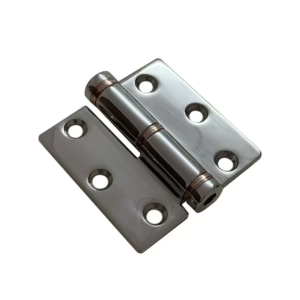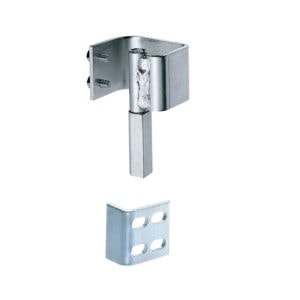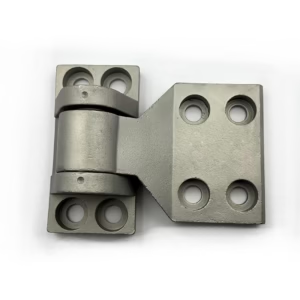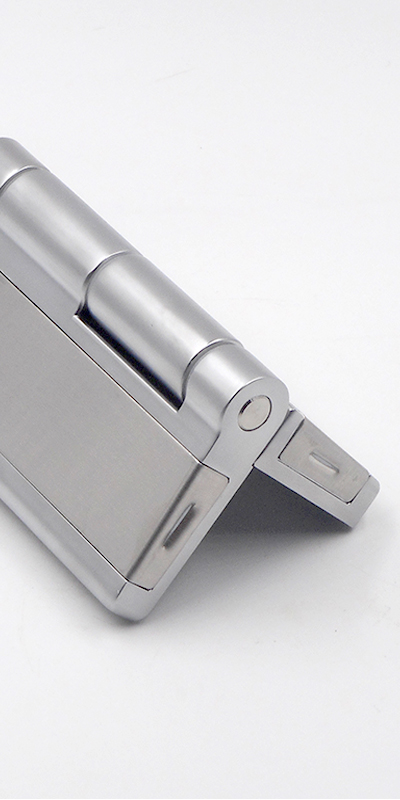Ball bearing butt hinges ensure smoother, quieter operation on heavy equipment doors under constant use in industrial environments.
Ball bearing butt hinges are ideal for heavy-duty equipment doors because they reduce friction, enhance load-bearing capacity, and extend hinge lifespan under high-frequency usage. Their sealed ball bearings ensure smoother operation and minimal wear, making them suitable for industrial environments requiring durability and precision.
Let’s break down why these hinges outperform standard ones in industrial settings.
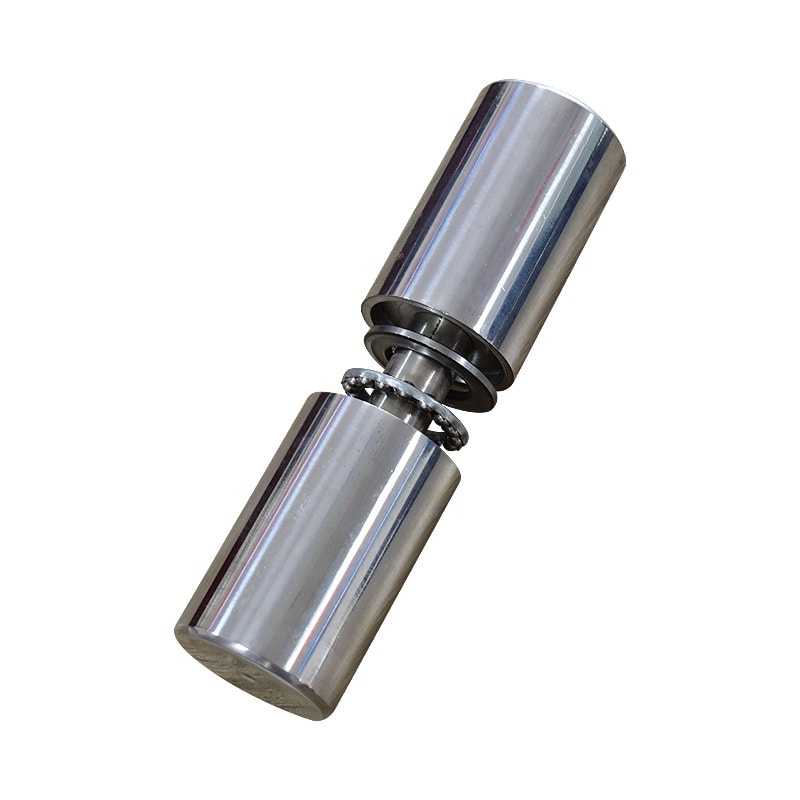
What Makes Ball Bearing Butt Hinges Different from Standard Hinges?
Standard butt hinges often fail in industrial settings due to wear and friction. Ball bearing butt hinges are designed to solve these exact problems.
Ball bearing butt hinges have enclosed ball bearings between knuckles, unlike standard hinges. This design minimizes friction, boosts strength, and prevents wear during frequent operations.
Ball bearing hinges contain hardened steel balls between the hinge’s knuckles, reducing metal-to-metal contact. This engineering detail significantly cuts down on wear, especially on heavy-duty doors that are opened and closed multiple times daily. In contrast, standard butt hinges rely on simple pin-and-knuckle movement, which grinds down faster under load and high traffic.
In industrial settings where constant vibration and repetitive motion are the norm—such as on environmental test chambers or electrical enclosures—ball bearing butt hinges help prolong hinge and door life. Their construction also ensures better alignment and stability. Compared to other hinge types like piano hinges or strap hinges, ball bearing versions offer superior performance in high-load vertical installations.
| Feature | Ball Bearing Butt Hinge | Standard Butt Hinge |
|---|---|---|
| Friction Reduction | Excellent | Poor |
| Load-Bearing Capacity | High | Medium |
| Maintenance Frequency | Low | High |
| Ideal for High-Frequency Use | Yes | No |
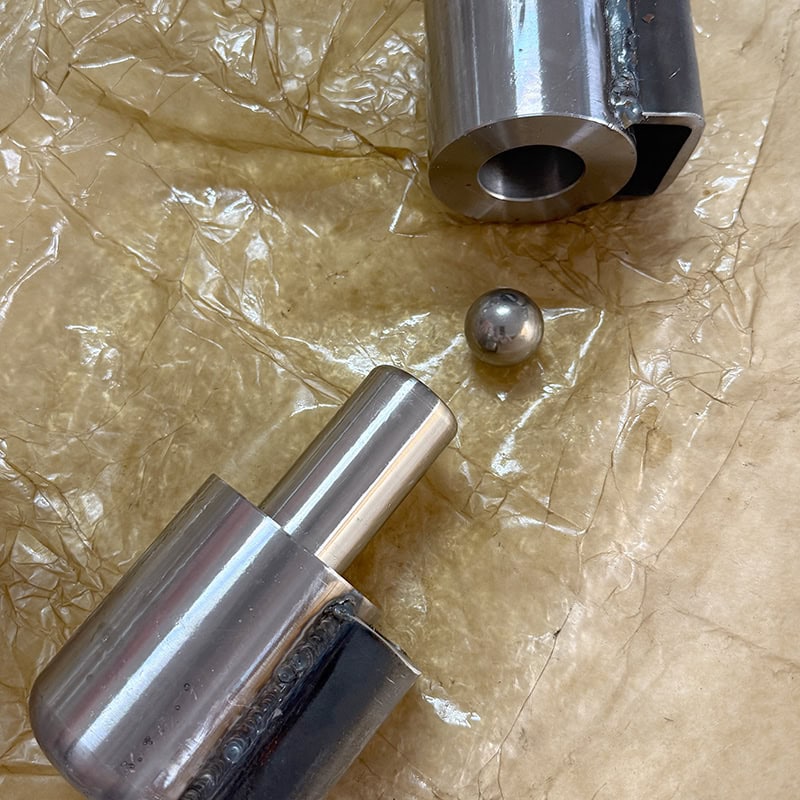
Why Are Ball Bearing Hinges Best for Heavy-Duty and High-Traffic Equipment Doors?
Heavy-duty industrial doors demand hinges that maintain performance under extreme stress and long-term use.
Ball bearing hinges distribute door weight evenly and maintain smooth motion, essential for equipment doors in high-traffic or heavy-load areas like test chambers, industrial ovens, or electrical enclosures.
In environments such as production floors or lab facilities where constant access is required, doors are subject to hundreds of cycles per day. A poorly performing hinge in such a scenario leads to misalignment, noise, and frequent downtime. Ball bearing butt hinges eliminate these concerns with their built-in friction control and robust design.
For example, in cold storage rooms, where heavy insulated doors are exposed to temperature fluctuations and high usage, standard hinges quickly fail. Ball bearing hinges maintain smooth performance even as thermal expansion and contraction occur. They’re also highly compatible with outdoor industrial hinges due to their sealed bearing system, which resists dust and corrosion.
Moreover, some models, such as wide-throw ball bearing butt hinges, are designed to allow doors to swing clear of the frame, making them ideal for wide or thick-panel industrial doors.
How to Choose the Right Ball Bearing Butt Hinges for Industrial Use?
Selecting the wrong hinge type can lead to safety risks and premature mechanical failure.
Consider door weight, frequency of use, hinge material (steel, stainless), mounting method, and bearing design when choosing ball bearing hinges for industrial equipment.
When choosing ball bearing hinges, begin by evaluating the door’s weight and size. A door exceeding 200 lbs may require multiple heavy-duty ball bearing hinges. Stainless steel versions are ideal for corrosive or wet environments, while electro-galvanized hinges are sufficient for dry indoor applications.
Next, determine the opening frequency. High-traffic areas demand hinges with sealed and lubricated ball bearings to maintain performance. Also, consider the hinge leaf thickness and knuckle size—they contribute to the hinge’s total load capacity.
For panel doors in electrical cabinets or test equipment, consider integrating electrical panel hinges with ball bearings for durability and smoother access. If your door design calls for easy removal, detachable hinges or Take-Apart Hinges might be more suitable—many of which are now available with ball bearing enhancements.
| Selection Factor | Recommended Option |
|---|---|
| Environment | Stainless Steel / Aluminum Geared Hinges |
| Door Weight | ≥ 200 lbs → Heavy-Duty Ball Bearing Hinges |
| Usage Frequency | >50 openings/day → Sealed Ball Bearings |
| Removal Needed | Ball Bearing Take-Apart Hinges |
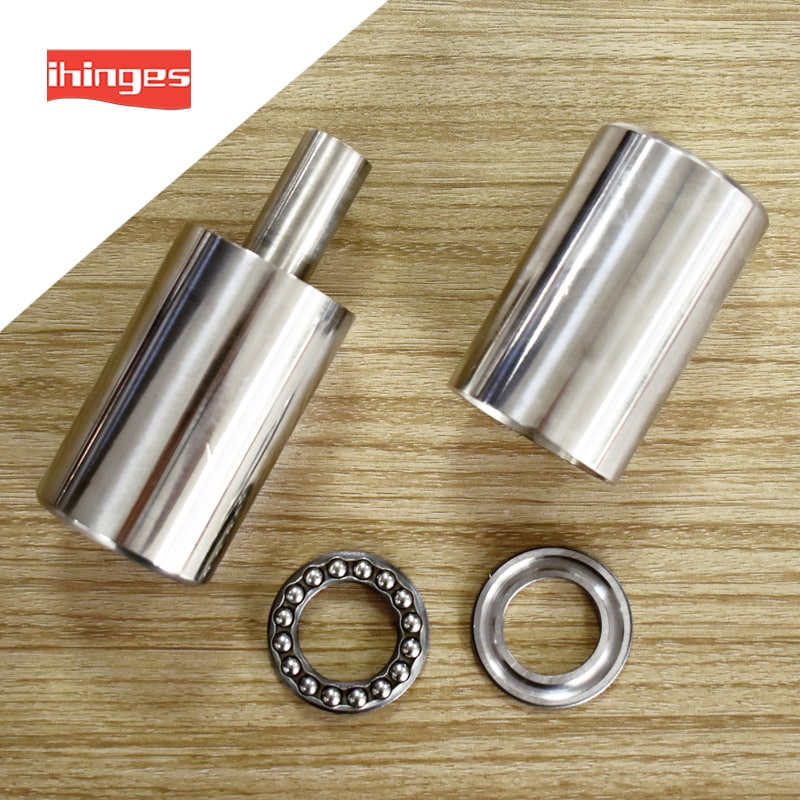
When Should You Avoid Using Ball Bearing Hinges?
While effective, ball bearing hinges aren’t always necessary.
Avoid ball bearing hinges in low-use or lightweight panel doors where basic butt hinges are more cost-effective.
Industrial panel doors that weigh less than 20 kg and are opened infrequently (less than 10 times per day) may not require the additional durability that ball bearing hinges provide. In such scenarios, using basic butt hinges or low-friction friction hinges is more economical.
Also, if your design requires hinges to be welded directly to the frame or door leaf, some ball bearing models may not be compatible. In those cases, weld on hinges or staked hinge styles may be better suited, offering greater flexibility for fixed installations without needing bearing systems.
Thus, always balance hinge features with operational requirements and installation constraints.
What Materials and Finishes Work Best for Industrial Ball Bearing Hinges?
Material and finish directly impact a hinge’s durability, corrosion resistance, and lifespan in harsh environments.
For industrial use, stainless steel ball bearing hinges with corrosion-resistant finishes offer long-term durability in harsh environments.
Common materials include cold-rolled steel, stainless steel (304 or 316), and aluminum. Stainless steel offers excellent resistance to corrosion, making it ideal for outdoor or washdown applications. Aluminum hinges, such as Aluminum Geared Continuous Hinges, are lighter and suitable for large but less heavy-duty doors.
Surface treatments like electro-galvanized and hot-dipped finishes enhance resistance to rust, especially for facilities near coastal areas or in high-humidity zones. Powder-coated finishes are also popular for aesthetic reasons and added protection.
If hinge longevity and reduced maintenance are top priorities, prioritize models with factory-lubricated and sealed bearings, especially those labeled “maintenance-free” or featuring embedded lubrication systems—critical for industrial settings where hinge access may be limited.
| Material | Best Use Case |
|---|---|
| Stainless Steel 316 | High corrosion, chemical environments |
| Aluminum | Lightweight doors, minimal corrosion |
| Cold Rolled Steel | Indoor use, controlled environments |
| Hot-Dipped Steel | Outdoor, heavy-duty applications |
Conclusion
Ball bearing butt hinges are a superior choice for industrial equipment doors due to their strength, longevity, and smooth performance under stress.

